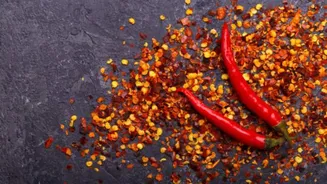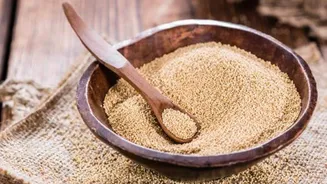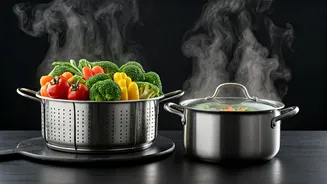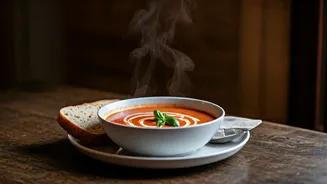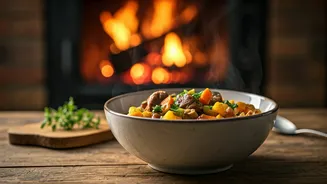Mincing for Flavor
Mincing garlic involves chopping it into tiny, irregular pieces, a technique ideal for releasing its boldest flavors. This is achieved by finely chopping the
garlic with a chef's knife, often after pressing the cloves. Mincing is great when you want a strong garlic presence, as it maximizes surface area for flavor release. Think of it in dishes where you want garlic to be a primary taste component, such as garlic-infused oils, sauces, or stir-fries. The finer the mince, the quicker the garlic's flavor will infuse into the dish. Ensure safety by using a sharp knife and a steady chopping motion to prevent accidents.
Dicing for Uniformity
Dicing garlic involves cutting it into small, uniform cubes, providing a consistent texture and flavor distribution. After peeling the cloves, lay them flat and cut lengthwise, then crosswise, to create small squares. This method is preferred when you want the garlic to be present but not overpowering. Diced garlic is commonly used in stews, soups, and dishes where a more even flavor distribution is required, such as sautéed vegetables. The key to successful dicing is maintaining a consistent size across all the pieces, ensuring even cooking and flavor release. This method also works well if you want to visually see the garlic in the finished dish, adding an appealing texture.
Slicing for Elegance
Slicing garlic creates thin, flat pieces that offer a delicate flavor and aesthetic appeal. Start by trimming the root end and then, with a sharp knife, carefully cut the garlic cloves into thin, even slices. This method is often preferred for dishes where a milder garlic flavor is desired or where presentation matters. Consider using sliced garlic in salads, as a garnish for pasta, or in stir-fries. Slicing can also be used for quick sautéing, allowing the garlic to soften and release its flavor gradually. The visual aspect of sliced garlic adds a refined touch to the finished dish.
Chiffonade for Finesse
While chiffonade is typically associated with herbs, it can also be adapted for garlic, providing long, delicate ribbons. To perform a chiffonade, thinly slice the garlic cloves lengthwise, then stack the slices and roll them tightly before slicing them crosswise into thin ribbons. This technique, while less common for garlic, can produce an elegant presentation. This method works well when you want a milder garlic taste and a unique texture. You could incorporate it as a garnish or add it to salads and soups. Remember that using this method requires sharp knife skills to ensure uniform cuts and a visually appealing final result. The goal is to obtain thin, consistent ribbons of garlic.
Smashing for Aroma
Smashing garlic involves using the flat side of a chef's knife to crush the clove, which releases its essential oils and intensifies its flavor. Place a garlic clove on a cutting board, position the flat side of the knife blade on top, and apply firm pressure. Smashing is ideal when you want to quickly infuse a dish with garlic flavor or want to use the garlic whole and then remove it. You can do this to infuse oils or sauces. The advantage is that the garlic is easy to remove after infusing the flavor. It is a quick method suitable for creating garlic-infused olive oils or when preparing dishes where whole garlic cloves are desired but not necessarily for consumption.
Grating for Texture
Grated garlic is finely ground, resulting in a paste-like consistency, and it's excellent for incorporating the garlic's flavor seamlessly into dishes. Using a microplane or fine grater, rub the garlic cloves to create a paste. This method releases intense flavor and is suitable for marinades, sauces, and dips. Grated garlic blends easily into the dish, ensuring an even distribution of flavor. It also prevents any chunks of garlic in your final dish. This is a very common method in Indian and Asian cuisines. The fine texture integrates well without overpowering the other flavors.
Whole Cloves for Simmering
Using whole garlic cloves involves leaving the cloves intact, either peeled or unpeeled, and adding them to a dish. This is a subtle way to infuse flavor without a strong garlic taste. Whole cloves are often used in braising, roasting, or simmering, where they can soften and impart a delicate garlic flavor. Leaving the cloves whole slows down the release of their volatile compounds, creating a milder, more nuanced taste. For a richer flavor, you can roast the garlic cloves whole, which concentrates their sweetness. Remember to remove the cloves before serving or enjoy them if they have softened.


